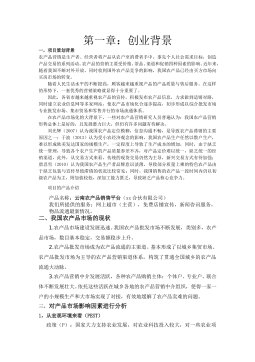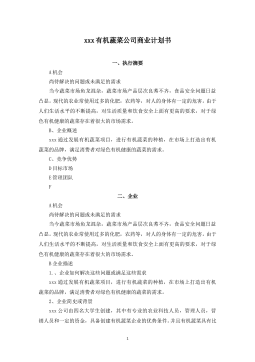图形处理技术在数控加工中的应用
摘要数控系统是数控机床的核心部件,数控技术是装备制造业实现自动化、柔性化、集成化、网络化和智能化的关键技术。加快发展数控系统对装备制造业振兴具有前瞻性、先导性和基础性的战略意义。图形化编辑是中高档数控系统的一个基本功能,它可以减少和简化加工零件的程序编制工作,降低对编程人员的技术基础,受到用户的欢迎。目前,国外中高档数控系统都有这项功能,并把此功能移植到低端数控系统中,以增强产品的竞争力。本文根据实际项目开发需要,研究各种二维图形处理技术,并将该技术应用于数控加工中。本文首先研究了图形的基本组成,针对数控加工的需要,设计了一套完整的图形数据存储结构,并基于该图形数据结构编写并实现了多个图形处理...
相关推荐
-
10KV电网D-SCADA 系统信息采集与故障诊断研究与设计VIP免费

 2024-10-14 25
2024-10-14 25 -
方形吸顶散流器平送风等温射流特性研究VIP免费

 2025-01-09 7
2025-01-09 7 -
关于充液声导波传感器中频散兰姆波的研究VIP免费

 2025-01-09 10
2025-01-09 10 -
结合梁斜拉桥施工过程中考虑剪力滞影响的分析方法VIP免费

 2025-01-09 6
2025-01-09 6 -
空调房间热舒适性的数值模拟与实验研究VIP免费

 2025-01-09 7
2025-01-09 7 -
汽车前轮线控转向系统研究VIP免费

 2025-01-09 8
2025-01-09 8 -
输入分配型混合动力车辆动力系统控制策略研究VIP免费

 2025-01-09 7
2025-01-09 7 -
双馈风力发电系统的柔性并网控制研VIP免费

 2025-01-09 9
2025-01-09 9 -
污水处理厂污泥好氧堆肥发酵技术的试验研究VIP免费

 2025-01-09 7
2025-01-09 7 -
应用风室试验装置的风机性能VIP免费

 2025-01-09 8
2025-01-09 8
相关内容
-

汽车前轮线控转向系统研究
分类:高等教育资料
时间:2025-01-09
标签:无
格式:PDF
价格:15 积分
-

输入分配型混合动力车辆动力系统控制策略研究
分类:高等教育资料
时间:2025-01-09
标签:无
格式:PDF
价格:15 积分
-

双馈风力发电系统的柔性并网控制研
分类:高等教育资料
时间:2025-01-09
标签:无
格式:PDF
价格:15 积分
-

污水处理厂污泥好氧堆肥发酵技术的试验研究
分类:高等教育资料
时间:2025-01-09
标签:无
格式:PDF
价格:15 积分
-

应用风室试验装置的风机性能
分类:高等教育资料
时间:2025-01-09
标签:无
格式:PDF
价格:15 积分






